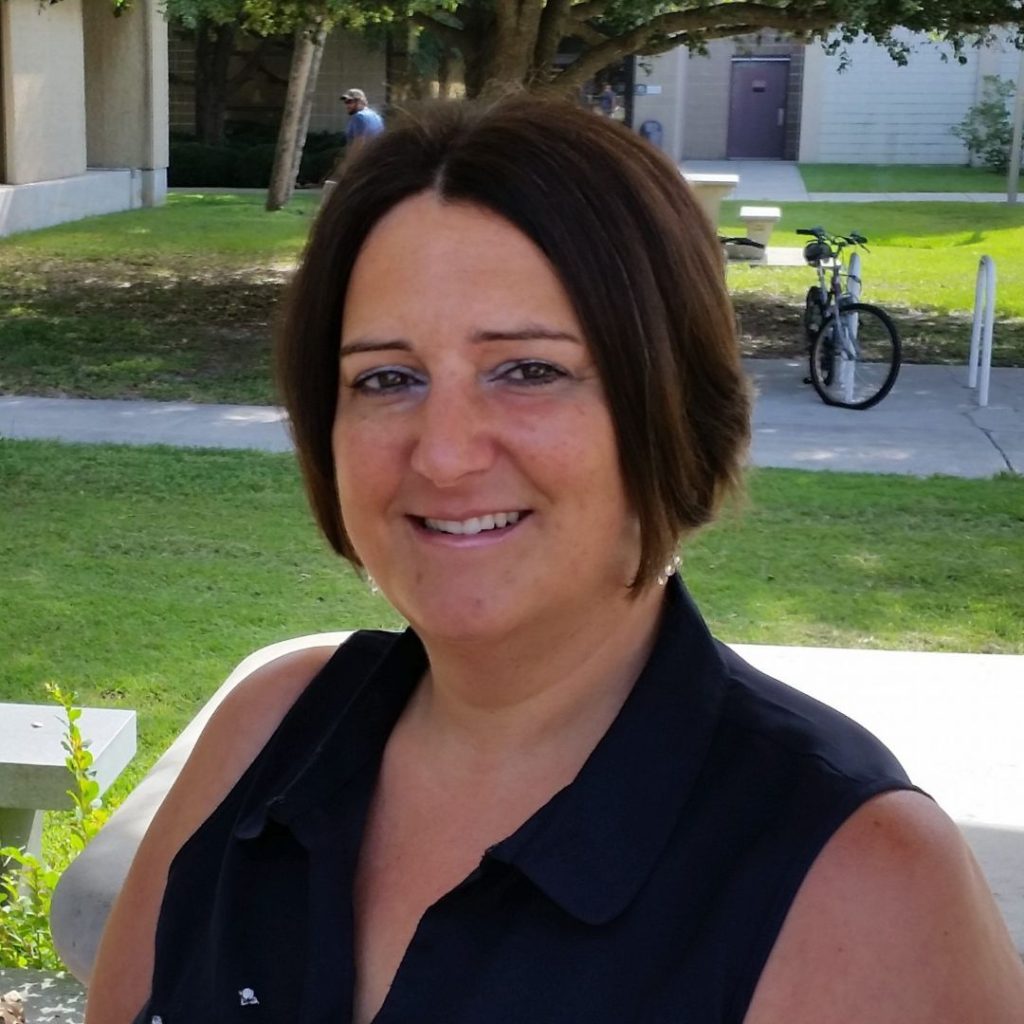septic vulnerability assessment tool
New tool identifies septic systems at risk of hydraulic failure to prevent significant human and environmental risks.
Challenge
Out of sight, out of mind. Onsite Sewage Treatment and Disposal Systems (OSTDS) also known as septic systems, occupy underground space in roughly a third of the parcels in Florida. While effective for wastewater treatment in many settings, there are many locations in Florida that are not suitable for these systems and may actually increase the potential for septic system failure, causing raw sewage to back into properties, leach upwards to the ground surface, or migrate to groundwater and nearby surface waters, causing significant environmental harm and placing people at risk with high pollutant exposure.
Response
UF Center for Coastal Solutions scientists developed a tool to assess and rank the vulnerability of septic systems to failure driven by a customized set of parameters specific to an area.
The team works with a community to identify parameters such as sea level rise, high flood risk and socially vulnerable neighborhoods that are key to identifying and quantifying the risk the septic systems face.
The tool aggregates multiple layers of pertinent information such as soil characteristics, flood hazard risk and proximity to waterbodies, and can be completely customized to the needs of the community.
Funding
This tool is being used in the Jacksonville Environmental Protection Board (JEPB) Septic System Vulnerability Assessment and Septic to Sewer Project Optimization, funded by the city of Jacksonville.
Impacts
Tool Developers

Learn more about how our decision support tools can help you
Contact Tricia Kyzar, Ph.D., researcher and project manager, at tkyzar@ufl.edu.


